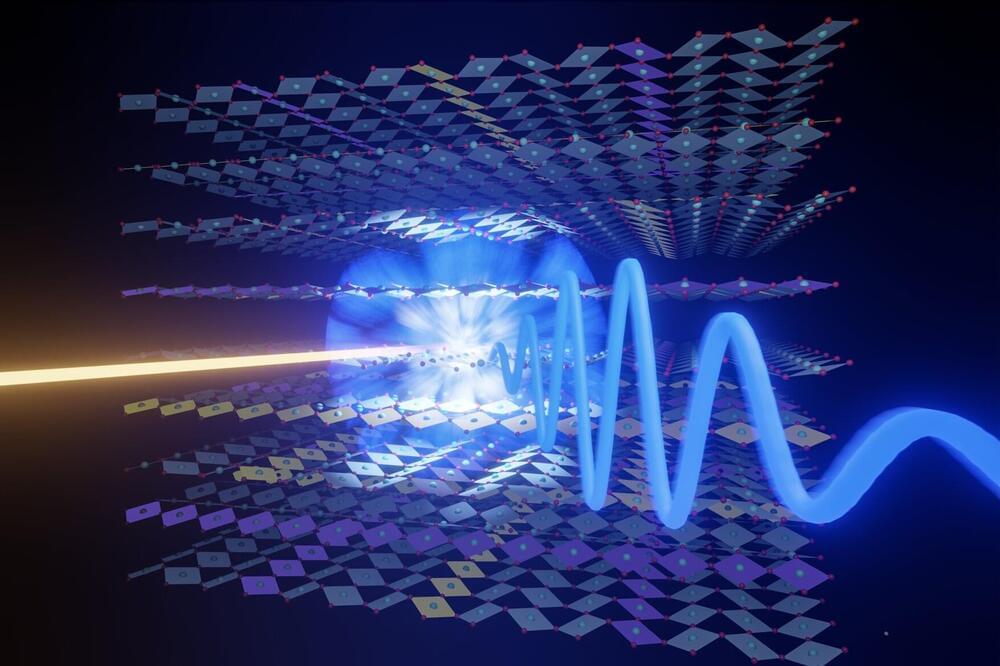Why do some materials carry electrical currents without any resistance only when cooled to near absolute zero while others do so at comparatively high temperatures? This key question continues to vex scientists studying the phenomenon of superconductivity. Now a team of researchers from Andrea Cavalleri’s group at the Max Planck Institute for the Structure and Dynamics of Matter (MPSD) in Hamburg has provided evidence that electron “stripes” in certain copper-based compounds may lead to a break in the material’s crystal symmetry, which persists even in their superconducting state. Their work has been published in PNAS.
Focusing on a range of cuprates, the team investigated the coexistence and competition of their superconducting state with other quantum phases. Such interactions are believed to be crucial to the development of high-temperature superconductivity—a process which remains one of the most important unsolved problems in condensed matter physics today.
The researchers exposed several cuprate crystals, grown and characterized at Brookhaven National Labs, to ultrashort laser light pulses. They observed how the materials began to emit a particular type of terahertz (THz) light—a technique known as THz emission spectroscopy.
